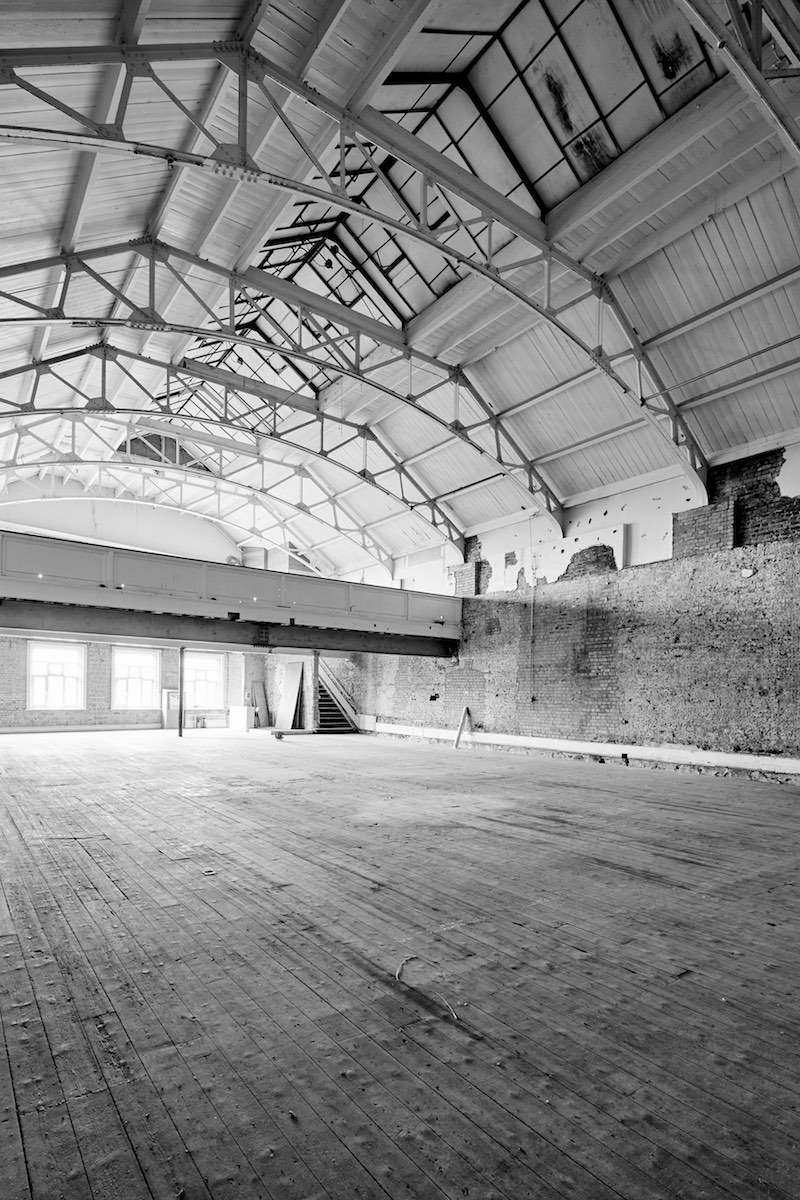No products in the basket.
7th February 2019
Is LASSCO flooring truly sustainable?
The importance of Native forests
The stewardship of woodlands and forests is of crucial importance to ecosystems globally. Over-exploitation, illegal logging and lax environmental standards have contributed to a worldwide decline in biodiversity in both flora and fauna. Well managed forests are home to countless rare and precious plants and animals which depend on such a diverse and thriving habitat to survive. The protection and support of the last great remaining forests and woodlands of the world is a global priority.
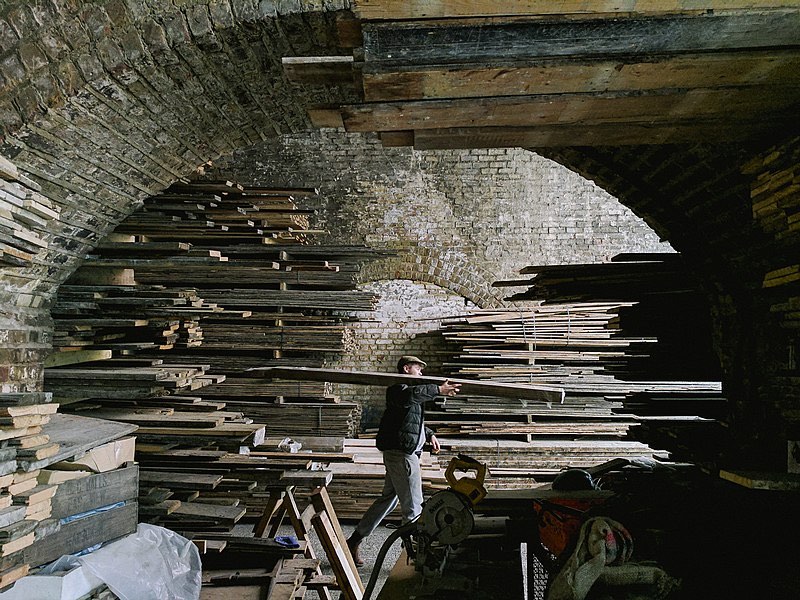
Deforestation and the dangers of monocultural, quick-grow forestry practises
Deforestation across the globe is causing irreparable harm to the planet’s ecosystems. Increasingly the dense, multi species woodlands and forests that have grown up on the earth are being replaced. In their stead mono-cultural cash crop timbers are planted, reducing bio-diversity and impacting the environment.
Low impact New Timber
However all LASSCO’s New and Engineered Timber floorboards are prepared in our mills in France from forests with a mixed and complementary canopy space which includes oak and pine. This practise is a boon not only to the creatures and animals, the flora and fauna that call the forest home but the mixture of these two functional groups actually produces around 50% more wood each year compared to monocultures.
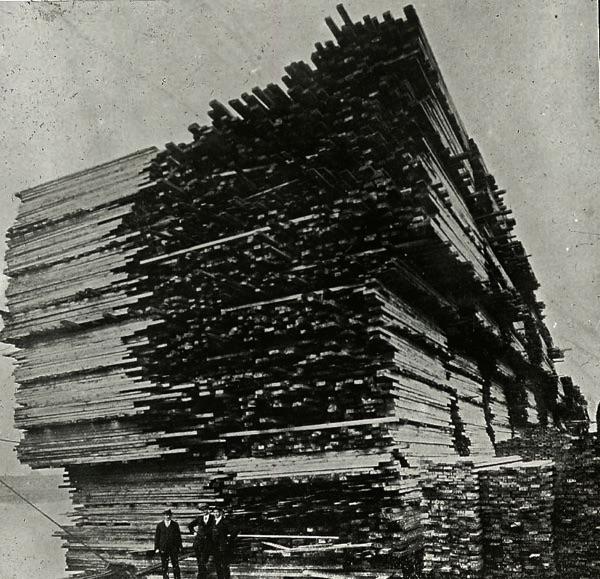
Reclaimed wood is still King of Sustainability
Reclaimed timbers by their nature recycled or ‘second hand’ and yet they often possess a characteristic quality and integrity that newer timbers cannot match. Being from old growth batches felled long ago in slow grown woodlands they are straight grown over many years. They contain fewer knots, tight growth rings within a vertical grain as well as a harder heartwood which, when worn gives an inimitable patina of age.
Reclaimed timber is acquired from a wide variety of historic structures including warehouses, factories, derelict houses and condemned buildings. Using reclaimed timber ensures that this valuable natural material doesn’t end up being burned, mulched for chipboard or end up in landfill.
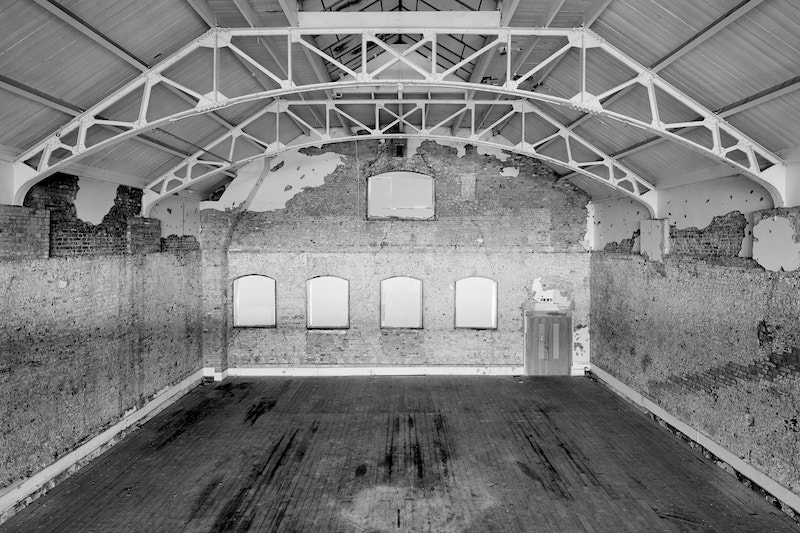
Recycle and recreate
We source our timber from our unmatched network of runners and dealers in the demolition and redevelopment world. Boards are selected with a view to minimal wastage. When batches run low they are reduced cheap to clear for use in patching floors and in the making of furniture.
We have our own workshop and often use salvaged timber in the construction or restoration of bespoke furniture. The respect we have for ancientness in its own right, whether it be in the natural or in the built environment, means we let nothing go to waste.
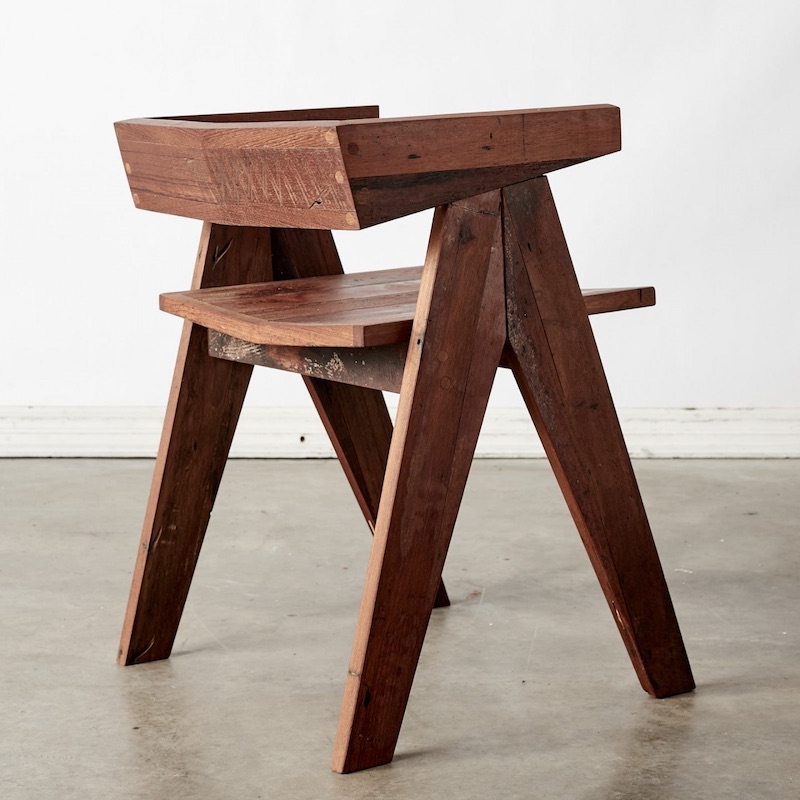
Make do and Mend, patch in, replace and refinish
We always advise customers to work with what they’ve got. Many floors need only repair or restoration rather than replacement.
If you are lucky enough to already own a Victorian property then you may have noticed that almost all pine floorboards in Victorian homes look similar. And you would be right, most Victorian pine ranges from 5 1/2 inches to 6 3/4 inches wide.
The same can be said for the batches we most commonly have in stock. This similarity of construction enables our customers to patch in small areas rather than replacing entire floors. The retention of original features where ever possible is a desirable factor when undertaking the restoration of period properties.
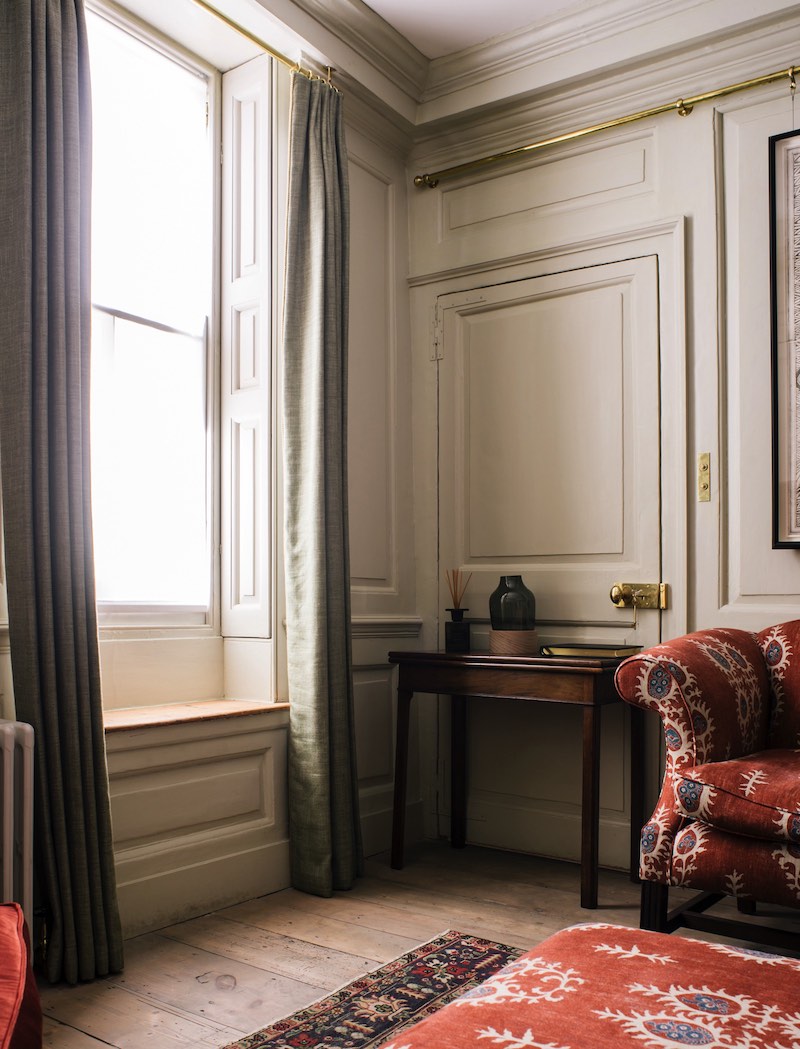
We work with floor restorers and architects on every job to see that our rare and historic floors are shown at their best and with the least wastage. The Buildings Conservation Directory, and particularly its section on restoring antique woodwork, is our manual in all we do.
